The Physics of Bose-Einstein Condensates
Introduction
Bose-Einstein condensates (BECs) are a state of matter that occur at extremely low temperatures, near absolute zero. They are named after Satyendra Nath Bose and Albert Einstein, who predicted their existence in the early 20th century. BECs are unique in that they exhibit quantum mechanical effects on a macroscopic scale, which is typically only observed at the microscopic level.
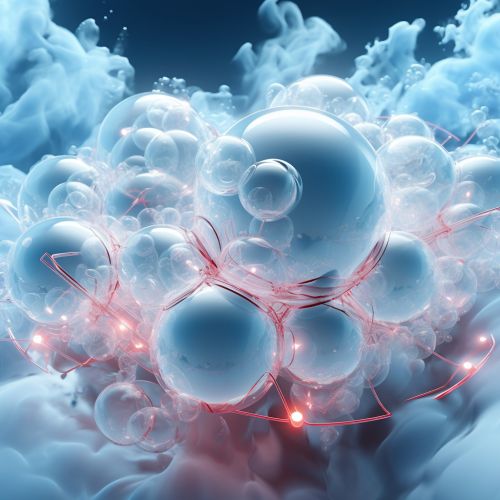

History
The concept of Bose-Einstein condensation was first proposed by Indian physicist Satyendra Nath Bose in 1924. Bose's work on the statistical mechanics of photons was extended by Einstein, who applied it to atoms. Despite this theoretical prediction, it took over 70 years for technology to advance enough to allow for the creation of the first BEC in a laboratory setting.
Theory
Bose-Einstein condensation occurs when a gas of bosons, particles with integer spin, is cooled to temperatures very close to absolute zero. At these temperatures, a large fraction of the bosons occupy the lowest quantum state, resulting in a macroscopic quantum phenomenon.
Quantum Statistics
Bose-Einstein condensation is a direct result of the quantum statistics that bosons obey, known as Bose-Einstein statistics. Unlike fermions, which obey the Pauli exclusion principle and cannot occupy the same quantum state, bosons can occupy the same state. This leads to the unique properties of BECs.
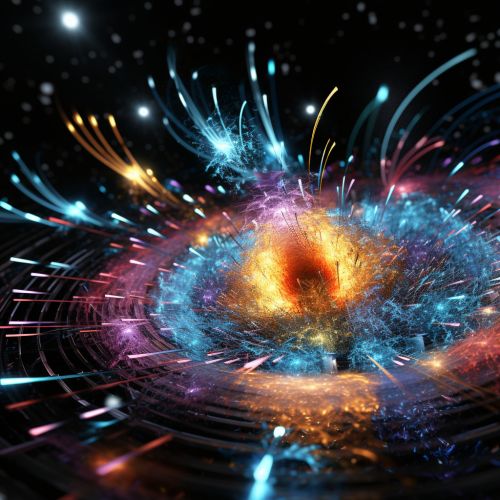
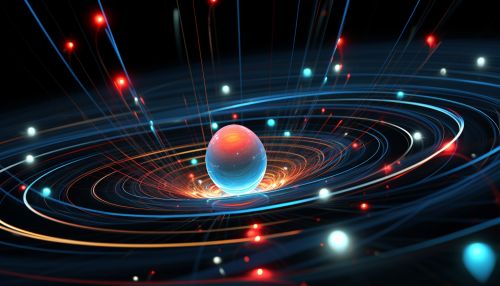
Wavefunction and Coherence
The wavefunction of a BEC is a macroscopic wavefunction, meaning it describes a large number of particles. This wavefunction is coherent, similar to the light from a laser, and this coherence gives BECs their unique properties.
Experimental Realization
The first experimental realization of a BEC was achieved in 1995 by researchers at the Joint Institute for Laboratory Astrophysics (JILA) in Boulder, Colorado. They used a combination of laser cooling and magnetic trapping to cool a gas of rubidium atoms to temperatures below the critical temperature for Bose-Einstein condensation.
Techniques
Several techniques are used to achieve the extremely low temperatures necessary for the creation of a BEC. These include laser cooling, magnetic trapping, and evaporative cooling. Each of these techniques has its own advantages and challenges.
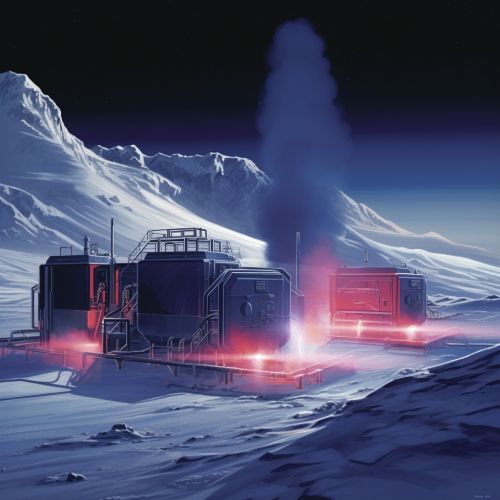
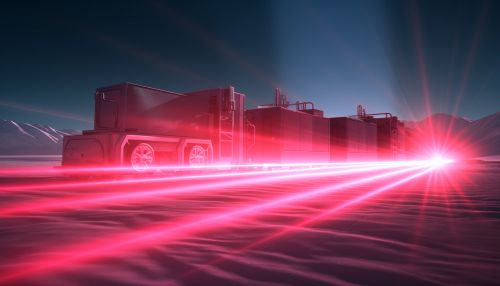
Properties
Bose-Einstein condensates exhibit a number of unique properties that are not seen in other states of matter. These include superfluidity, interference patterns, and vortices.
Superfluidity
One of the most striking properties of BECs is superfluidity. A superfluid is a fluid that flows without viscosity, allowing it to flow up the sides of a container and against gravity.
Interference Patterns
When two BECs are allowed to overlap, they create an interference pattern similar to the pattern created by two overlapping light waves. This is a direct result of the coherence of the BEC wavefunction.
Vortices
Vortices in a BEC are regions where the atoms are flowing in a circular pattern around a central point. These vortices are quantized, meaning they have a discrete set of possible values, another unique property of BECs.
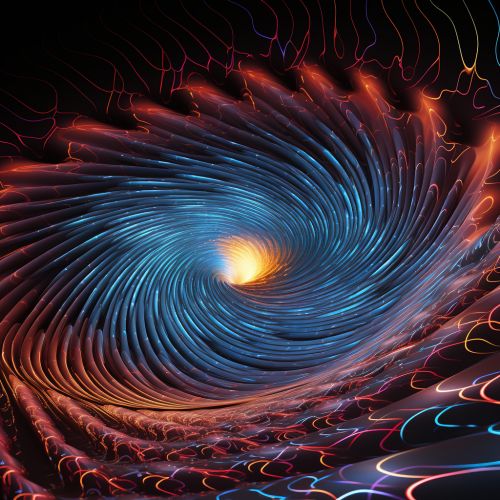
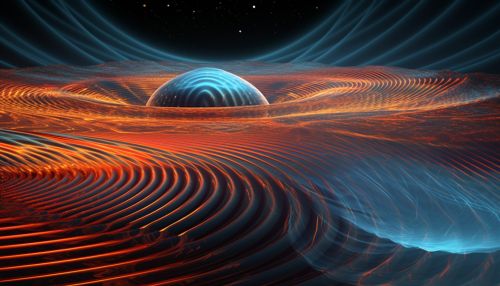
Applications
While BECs are primarily used for fundamental research in quantum mechanics, they also have potential applications in areas such as precision measurement, quantum computing, and quantum simulations.
